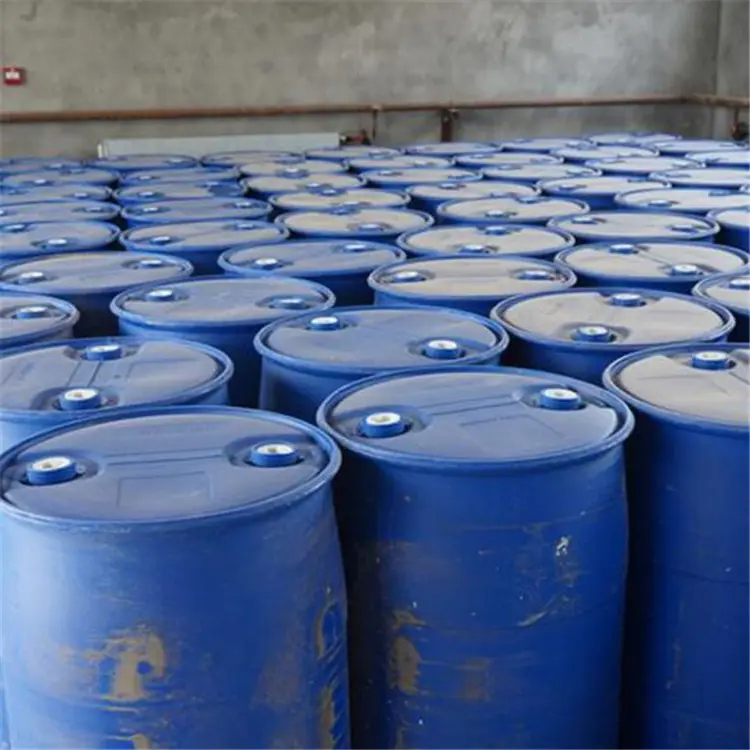Aluminium phosphide (AlP) is a chemical compound that has garnered significant attention in various industries, particularly in agriculture and pest control. This inorganic compound is a gray or white solid that releases phosphine gas when it comes into contact with moisture. Due to its potent properties, aluminium phosphide is primarily used as a fumigant for stored grains and other agricultural products.
One of the key advantages of aluminium phosphide is its effectiveness in controlling pests. It is widely employed to eliminate insects such as weevils, moths, and other harmful organisms that can compromise the quality of stored food products. When aluminium phosphide is applied, it undergoes a chemical reaction that produces phosphine gas, which is highly toxic to pests. This makes it an invaluable tool for farmers and grain storage facilities looking to protect their products from infestations.
However, the use of aluminium phosphide is not without risks. The phosphine gas released during the fumigation process is also hazardous to humans and animals. Therefore, strict safety protocols must be followed when handling and applying this compound. Users are advised to wear protective gear and ensure proper ventilation in the areas where aluminium phosphide is used. Additionally, regulatory bodies have established guidelines to minimize exposure and ensure safe usage.
In recent years, there has been a growing interest in finding alternatives to aluminium phosphide due to its toxicity and potential environmental impact. Research is ongoing to develop safer and more sustainable pest control methods that can effectively replace or complement traditional fumigants.
In conclusion, aluminium phosphide remains a critical component in pest management, particularly in the agricultural sector. While it offers significant benefits in controlling pests, it is essential to approach its use with caution and adhere to safety regulations to mitigate potential risks.
Post time: Nov-22-2024






